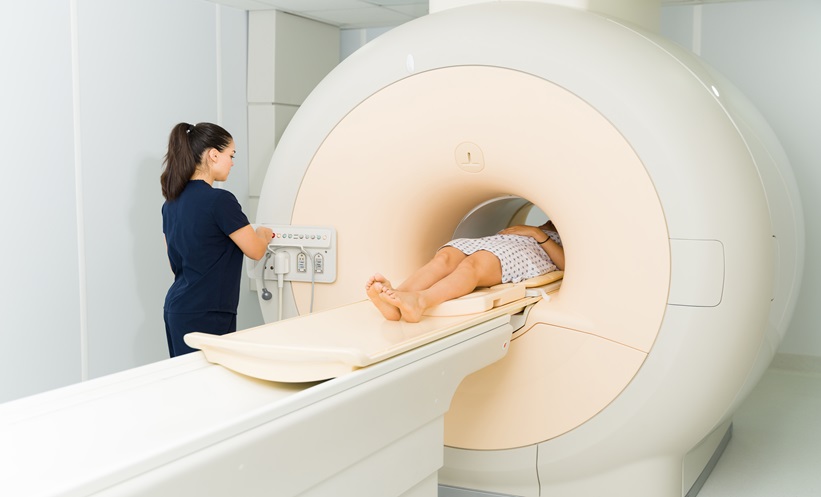A NEW study highlights the crucial role of MRI in predicting key oncologic outcomes, such as organ preservation and survival, in patients with locally advanced rectal cancer treated with total neoadjuvant therapy (TNT).
The research, a secondary analysis of the Organ Preservation in Rectal Adenocarcinoma (OPRA) trial, evaluated the ability of restaging MRI to predict residual disease and stratify patients into clinical response categories.
The study included 277 participants, with a median age of 58 years, diagnosed with Stage II or III rectal adenocarcinoma from April 2014–March 2020. After receiving TNT, participants underwent restaging MRI approximately 8 weeks after treatment, where radiologists classified them into three clinical response categories: complete, near-complete, and incomplete.
Patients with a complete clinical response demonstrated significantly higher rates of organ preservation compared to those with near-complete response (65.3% versus 41.6%, P<0.001). Additionally, 5-year disease-free survival rates were 81.8% for patients with complete response, 67.6% for patients with near-complete response, and 49.6% for patients with incomplete response (P<0.001). Overall survival, distant recurrence-free survival, and local regrowth rates were also significantly linked to MRI response categories.
The study also identified specific imaging features associated with residual disease. Among 266 participants with at least 2 years of follow-up, 48.5% experienced residual disease. Restricted diffusion on MRI scans (odds ratio: 2.50) and abnormal nodal morphologic features (odds ratio: 5.04) were independently associated with a higher likelihood of residual tumours.
Overall, MRI response category was predictive of organ preservation and survival, highlighting the importance of restaging MRI in guiding treatment decisions and predicting long-term outcomes in patients with rectal cancer.
Ada Enesco, EMJ
Reference
Williams H et al. MRI predicts residual disease and outcomes in watch-and-wait patients with rectal cancer. Radiology. 2024;312(3):e232748.








